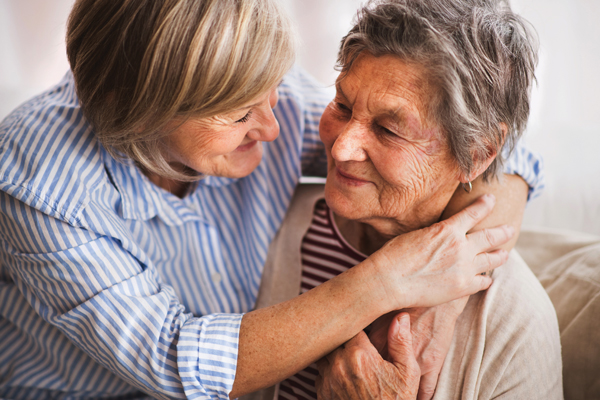Three single women in their 70s. All have lived alone for several years—one never married, the other two are widowed. All are in relatively good health. Each is financially comfortable. Yet the three have vastly different expectations about when they want to leave their homes.
One of the most emotionally charged things we face is deciding how we wish to spend our last years, when we have a choice on the matter. The question comes down to with whom, where and for how long. It’s tough to leave what you know for the unknown. And eldercare communities can be the great unknown. Leaving what we know is most difficult when the focus becomes what we are giving up, but every once in a while clients make the decision because they are thinking about what they will gain.
All three of the women in this story are social, yet they also value their privacy. Let’s first focus on the one who actively chose to make the decision to leave her home.
When her husband died, she was able to get many of her social needs met through activities in which she had been involved. She was still physically active and enjoyed regular bike rides. Her adult children were out of town, but they would often come back to visit and the house served as a nice place to congregate.
But this client believes in planning. While she always hired out the maintenance and services for her home, there were little things going on for which she had to call for help. She also was thinking about how she wanted to build community while she was in a position to do so.
She visited several types of facilities: independent living (which means basically living on your own in an age-restricted community); assisted living (it was too early for her to consider this because it is usually for those who require help with some everyday activities); and continuous care communities (campuses where you may start independently but graduate to assisted living or skilled nursing as your needs increase). We settled on a continuous care community where this client could initially live independently. Since there was not a rush for her to move, she put her name on a waiting list and chose to pass until a unit came up that met her criteria. Surprisingly, this happened several months earlier than we had anticipated.
Change is rarely easy, and it is more difficult when the change is a clear signal of an important ending. This move marked the end of the middle of the client’s life and was an acknowledgment of an eventual end. I am not trying to be dramatic, but when clients start to give up things—homes, driving, travel—it is a signal of mortality. Even though our client was going to be living independently, she was still in a community where she would be facing the gradual decline of her capabilities, surrounded by others experiencing the same. The key benefit, though, was this shared experience.
After an adjustment period, she found herself immersed in a community that allowed her to be as social or as private as she wanted. She had friends with whom she could eat, bike and play cards, or she could instead quietly sit alone out on her patio. She watched others experience the death of a spouse and could call on her own experiences as a way to support them. As in any community, there were certain people with whom she did not get along, but rather than focus on them, she paid attention to those whom she felt connected to.
When factoring in the ongoing cost of repairs and services at her home, the financial costs of the change were far less than what she anticipated. While she is not necessarily aging in place, she is certainly aging in proximity—if she has to move to assisted living, she will have friends already there.
When The Elderly Change Spaces
March 1, 2019
« Previous Article
| Next Article »
Login in order to post a comment








